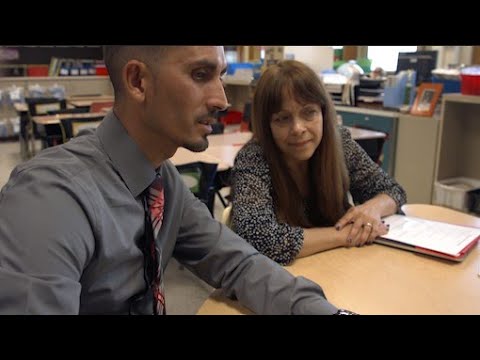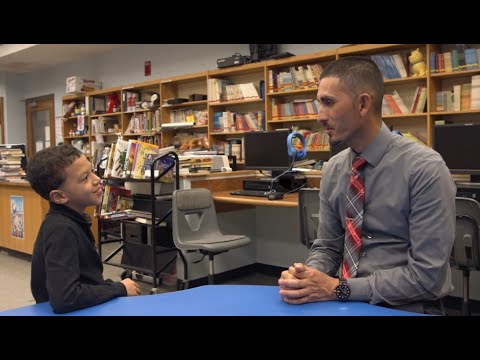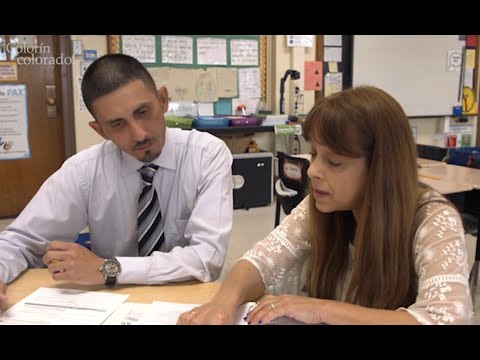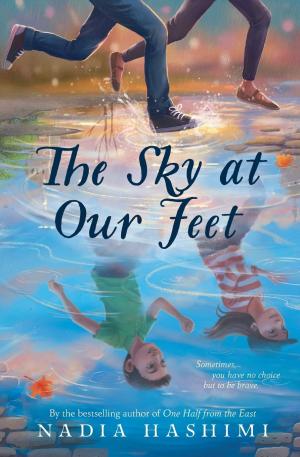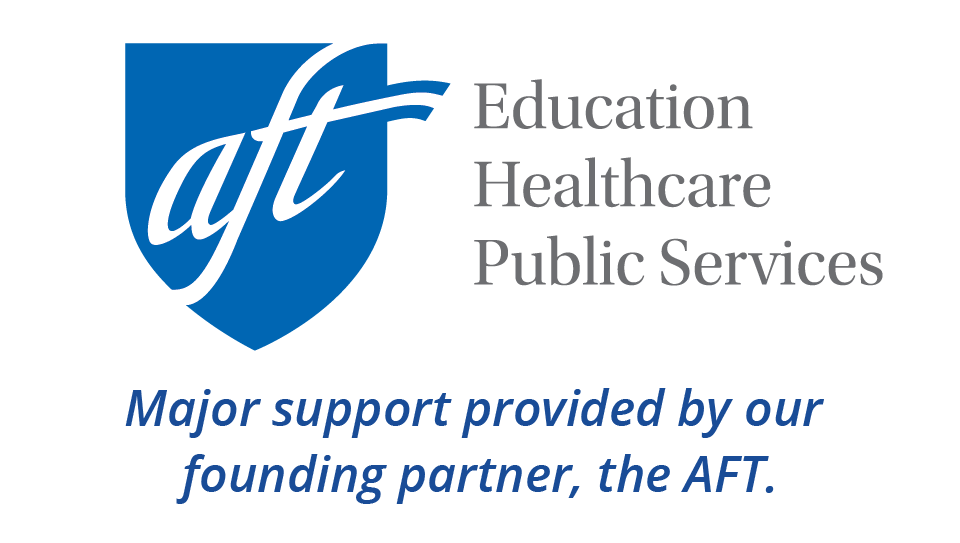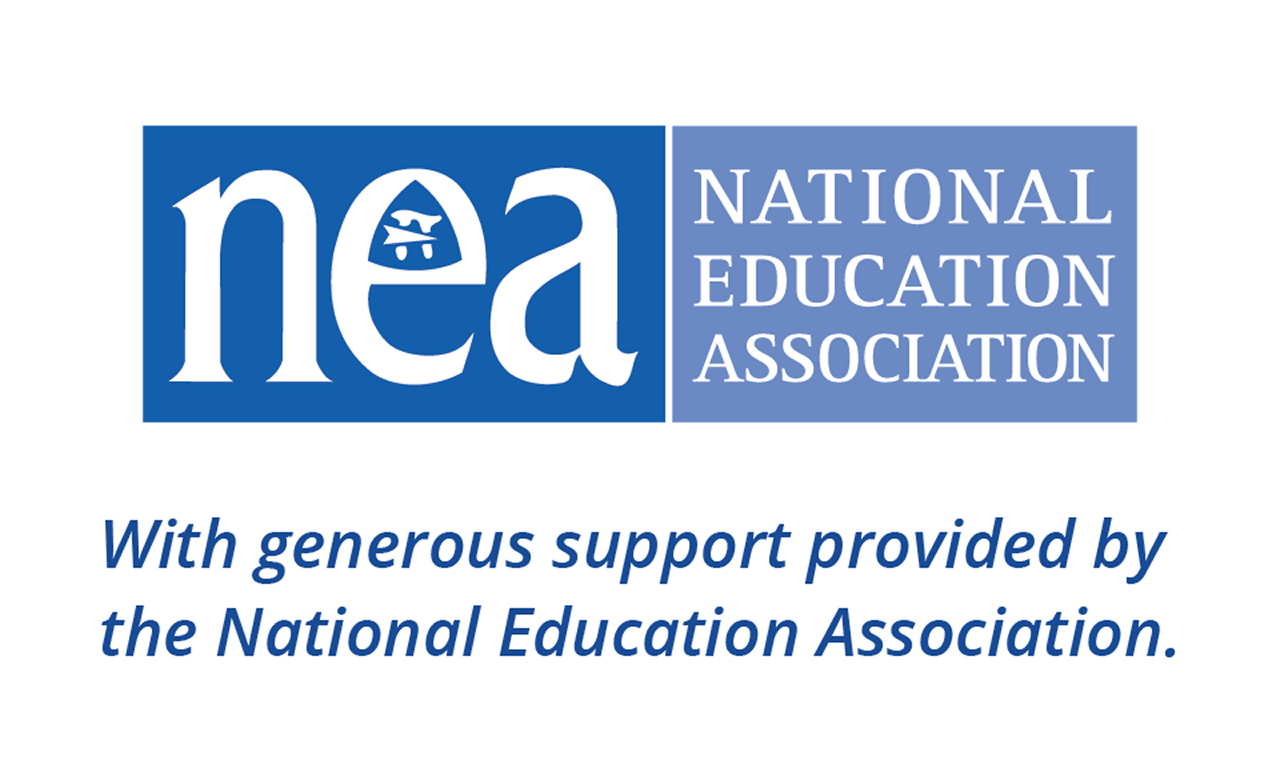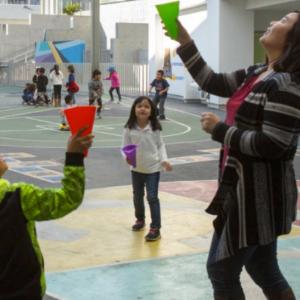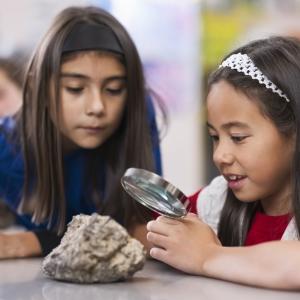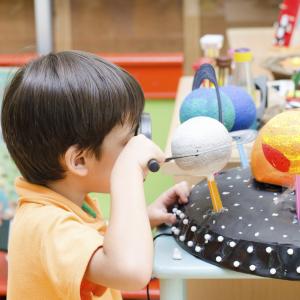New York: ELL Resources
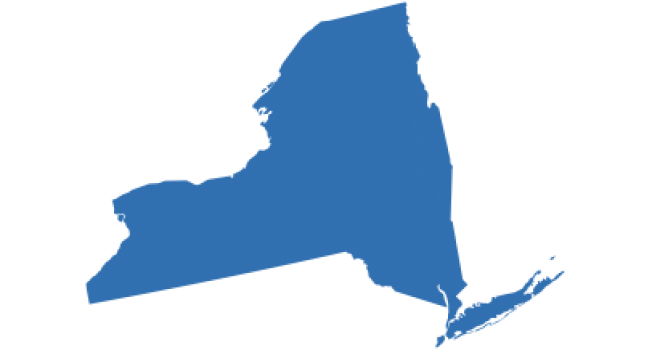
As of 2021, New York’s schools were home to more than 240,000 English language learners. In recent years, the most common five languages spoken by ELLs in New York have been Spanish, Chinese, Arabic, Bengali, and Russian. (U.S. Dept. of Education, National Center for Education Statistics)
Note: For additional state-by-state data and information, see New America's English Learner Accountability Hub.
State ELL Resources
New York Department of Education
- ELL State Website: Office of Bilingual Education and English as a New Language
- Multilingual Certifications: Seal of Biliteracy
Statewide Organizations
- New York State TESOL
- New York State Association for Bilingual Education
- Regional Bilingual Educational Resource Networks
- New York State United Teachers
- New York State Special Education Parent Centers
New York City resources
Related Video
Books and Booklists
Note: Regulations change with time. If you see something that needs updating, please send an e-mail to Colorín Colorado. For more detailed information regarding ELL guidelines and policies at the state and federal levels, please see the following:
References
National Center for Education Statistics. (2018.) English language learner (ELL) students enrolled in public elementary and secondary schools, by state: Selected years, fall 2000 through fall 2016.
U.S. Department of Education. Our Nation’s English Learners. Most Common Non-English Languages Spoken by English Learners.

